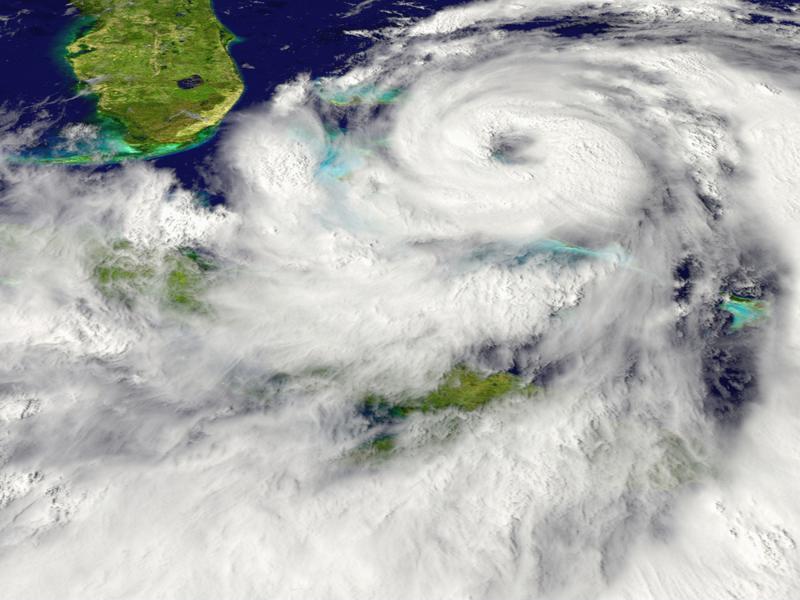
Severe weather has always been a critical threat to supply chain integrity. Recent years have seen organizations continue to grapple with the risk posed by nature, as the emergence of increasingly unpredictable and threatening storms has coincided with the development of new and more accurate models for prediction and mitigation. Organizations' supply lines stretch around the globe, necessitating complex systems of redundancy and backup strategies in case of disruption.
While there's never a bad time to consider risk management strategies, these calculations are absolutely essential during major storm seasons. As late-summer hurricanes give way to winter blizzards over the next few months, corporate leaders will have to ensure their businesses will survive breakdowns in communication, shipping or manufacturing at supply chain partners. Furthermore, weather anomalies create unique conditions for leaders to deal with in retail and beyond.
Dealing with weather-induced stock imbalances
Symphony RetailAI's Patty McDonald, contributing to Supply & Demand Chain Executive recently laid out the stakes for companies facing down hurricanes. In a retail context, storms tend to create imbalances in supply and demand, with shoppers going to their local stores to get ahead of the storm and companies potentially unable to move inventory in time to serve their needs. The systems needed to manage stock levels ahead of severe weather are extensions of the demand-forecasting tools used all year long.
McDonald noted that today's supply chain managers can turn to data analytics to deal with forecasting. Predictive algorithms give a highly accurate picture of issues that could become pressing in the near future, using weather information to help leaders plan for storms the way they would any other seasonal fluctuations in interest.
There is pressure on organizations to make adjustments before severe weather hits, rather than during such an incident. McDonald pointed out that by the time a hurricane makes landfall, it's too late to change the supply chain for maximum effectiveness. There may be shortages of essential goods that last for days unless logistics teams preempt the disruption and get shipments where they're needed.

How have artificial intelligence systems improved the art and science of weather preparedness? Supply Chain Management Review recently spoke with IBM's Tom Ward, who works with the company's in-house AI, Watson. Ward described the many sources of data that go into accurate and helpful weather projections. Official sources such as the National Weather Service and Global Disaster Alert and Coordination Systems are mixed with social media impressions. The latter sources give the kind of minute-to-minute updates that can give companies an edge in their planning and preparations.
AI is useful for taking calculations, projections and forecasts beyond a level of speed and detail attainable through human effort. This allows supply chains to make adjustments that would have been impossible through manual data analysis. When trying to deal with the effects of severe weather, the extra layer of speed and accuracy may be the difference between setting a supply chain up for success or suffering a costly disruption. To stay competitive in a tech-saturated industry, companies of all kinds will have to increase their disaster-related risk management capabilities


Post A Comment:
0 comments so far,add yours